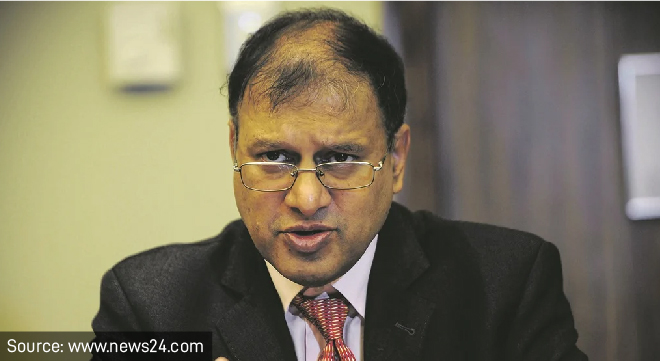Ismail Momoniat, the acting director-general of National Treasury, told the Pension Lawyers Association virtual conference in May that retirement reform is alive and well, although the various proposals still need to be consolidated.
He focused on five main areas, which are discussed below:
1. Proposed two-pot system
The proposed two-pot system entails creating a savings portion and a preservation portion in each retirement “pot”. Momoniat said this was necessary to prevent employees from resigning in order to access to their retirement savings to pay off debt.
The proposal is to split contributions into two pots for all retirement funds: a one-third accessible savings pot and a two-thirds retirement pot, which will be subject to full preservation until retirement.
In practice, a member could withdraw once a year from their savings pot, subject to a minimum, but will incur the cost of withdrawal and a tax liability. Vested rights accumulated prior to the implementation of the two-pot system will remain subject to the current rules.
A draft bill on the two-pot system is expected to be published in July, when the annual tax amendment bills are circulated for comment.
Treasury initially proposed that the two-pot system would be implemented by 1 March 2023. However, this is unlikely. A more realistic time horizon is probably three to five years, as systems will have to be changed and liquidity in the funds addressed.
Creating a more sustainable retirement regime will not occur overnight, and widespread consultation is taking place to understand the effect of the proposed changes, Momoniat said.
2. Governance of umbrella funds
Momoniat said the governance issues that have arisen with umbrella funds include:
- Employers not paying contributions;
- The inability of employers to switch between umbrella funds;
- Costs;
- The over-dependence on service providers for advice; and
- The appointment of board members who are also consultants/service providers to the same fund.
The proposed solutions include:
- Requiring that board members cannot belong to more than three boards in a year;
- Prescribing an ongoing value-for-money evaluation of the umbrella fund; and
- A disclosure-based initiative requiring funds to provide information on their cost structures.
There should also be standardised provision of information to enable employers to make comparisons and promote competition among umbrella funds.
Momoniat said South Africa could implement elements of the UK Master Trust Scheme and the Chilean pension auction system to enable stand-alone funds to select and appoint default “consolidation” or auto-enrolment funds when they need them. These elements would be regulated under the auspices of the FSCA.
3. Phased-in auto-enrolment
Many South Africans, such as contract or “gig” workers, are not members of occupational schemes, because many retirement systems are based on regular income.
Momoniat said the government is considering phasing in auto-enrolment, starting with formal salaried workers, or introducing mandatory retirement provisions for all formally employed workers. This would compel employers to deduct contributions to an occupational fund for all their employees.
Employers need not establish new funds, and there could be a default fund for employers who do not have one.
4. Conduct of Financial Institutions Bill
The Conduct of Financial Institutions (Cofi) Bill will be tabled in Parliament later this year.
The Pension Funds Act (PFA) is being amended to align with the Cofi Bill and the overall framework in terms of the Financial Sector Regulation Act.
The PFA will be renamed the “Retirement Funds Act”, to better reflect the types of funds for which this statute provides and regulates.
References to “pension fund organisation” and “fund” are being amended to refer to “retirement fund”. Umbrella funds and employers as supervised entities will be recognised.
Momoniat said all public sector retirement funds, including the Government Employees Pension Fund (GEPF), will be subject to the same legislative and regulatory requirements, to ensure that members of all retirement funds enjoy similar protections and rights.
He said the unique features of the GEPF – such as its size, potential impact in complying with asset limits under regulation 28 and the impact on bond and equity markets – may necessitate exempting it from certain PFA requirements, either for a specified period or permanently.
5. Amendments to regulation 28
Momoniat said the final amendments to regulation 28 of the PFA include prohibiting investments in crypto assets until their regulation is formalised and broadening the definition of “infrastructure” to include public and private infrastructure.
In line with the increase in allowable overall private equity exposure from 10% to 15%, the limit to the aggregate private equity exposure is being increased from 15% to 20%.
One of the proposed amendments to regulation 28 is that the housing loans limit be reduced from 95% to 65% in line with the government’s stance on discouraging housing loans through retirement funds.
Treasury believes this mechanism has been abused, and the first step to address this is to reduce the allowable loan percentage. In the long term, Treasury believes this mechanism should no longer be allowed, in line with the availability of the savings pot of the two-pot system.
Joon Chong is a partner and Raeesah Shaik is a candidate attorney at Webber Wentzel.



